Understanding the Basics of On AND Off Camera Flash (OCF)
This post is going to be really long. For those photographers who are having trouble understanding the basics of OCF, this is going to be of great use to you.
Learning On Camera Flash
If you are new to flash, the best thing is to make sure that you have the right type of flash unit. Flashes like the Canon 430 are a great starter flash, but will not serve you in the long run. They are harder to work manually and are not friendly with adding additional flashes later in your career. I personally recommend looking into a Godox V860ii to be purchased either at Amazon or Flashgear.net, both options sell these for around $180 new. The other option is the Godox V680, which is identical to the V860, but uses 4 AA batteries instead and runs about $120 new. Both of these flash options have auto and manual capabilities which is what you will want to be successful in learning to use your flash.
I also want to give a full disclaimer that I learned a lot from Katelyn James off camera mini-course that comes with the Lighting & Location course. While a good portion of my system is based off of her teachings, this is my take on her teachings and what I have found to work for me.
The first thing you need to understand when using the flash is that there are different modes:
ETTL (which is automatic)
M (manual) which is the mode I use about 99% of the time
When you mount the flash, you will want to hit the mode button until you see M on the left side of the flash unit. From there, you’ll be able to change your flash power by scrolling to the left for a lower power, or right for higher. Most flashes with Manual capabilities are set up the same, but may have slightly different terms.
Understanding Flash Powers
Flash powers are shown in fractions. Think about how hard you want the flash to work. Do you want it to be as powerful as it can be (1/1?) or do you just need a little bit of fill light (1/64)? At full power, the flash is going to be really bright and will need a moment to recycle. At 1/64 power, the flash will still have some brightness, but b/c it’s not anywhere near the full strength, it won’t need as much time to recycle, which is better for specialty dances where you may need to fire your flash a little more rapidly. The other thing to keep in mind, is the closer you are to your subject, the less power you need. Below are all the flash powers that the V860ii has:
1/1
1/2
1/4
1/8
1/16
*1/32
*1/64
*1/128
OFF
Yes, you can have your flash on your camera and still turn the power off without turning off the flash unit itself. This will come in handy as you add more flashes and are learning to use Off Camera Flash (OCF.)
*My most used flash powers
Typical Settings:
A lot of times I’m asked how to light a reception space if I only have my on camera flash. My typical settings are as follows:
ISO: 800-2400
F/stop: 2.0-3.2 (depends on my lens)
Shutter Speed – 1/120 – 1/250 (usually)
Kelvin: 5800 (this is my starting point)
These settings are what make my flash powers work. Your shutter speed & ISO are almost more important here than the flash power. The reason I say this is because the SS is going to determine the motion in the background as the flash will freeze the subject(s) closest to you. Whatever is in the ambient light, is what will have motion blur. So, if this is a style you love, you can test slower shutter speeds and still have your subject in perfect focus because of the flash! The ISO will determine how much ambient light the camera is picking up. I prefer a glowy background if I’m going to use flash, which is why I like a slightly higher ISO, but I try really hard to stay at 2400 or below. If you have a darker style, you may want to drop your ISO so that the background is darker, or up your f/stop.
The reason my settings work is because I don’t need a lot of flash power to reach my subject. The camera settings are set for everything BUT my subject. For party dancing, I’m in the dance floor with the guests, which means I’m really close, so I don’t need the flash to work hard to reach my subject. Now, for specialty dances, I may need a higher flash power depending on how far away they are. This is when it’s good to do a set of test shots before the events start so you know what you want your settings to be. With practice, you’ll be able to adjust settings in the moment.
Ceremony Flash Set-UP
Single flash set ups for ceremonies are harder to me. I would almost rather shoot the ceremony with NO flash rather than try to figure this part out. So, this is the one instance when I will use ETTL. However, there has only ever been a handful of times where I was even allowed to use flash, so I’ve learned to adapt to not using it at all. I apologize for not being of more help in this area.
Outdoor spaces:
My method of choosing my flash power for outdoors doesn’t change just b/c it’s dark outside. This is why you want to think about how close/far you are to your subject when choosing your flash power.
Off Camera Flash
Before you read all of the below, something that i want you to know is that a lot of times, OCF work is harder if you don’t have the right equipment. It took me a few months of playing with my flashes and researching to see why it was so hard and not working for me. once i got flahses with internal transmitters, those issues went away and it was MUCH easier for me. Okay, now you may read on! ?
I may have to do some research on your trigger & flashes if yours do not have internal transmitters, so some of this may not make sense just yet, but hang in there with me and we’ll get it! I use up to 4 Godox V860ii flash units. With that being said, I have found that the hardest part, initially, is getting the flashes synced and learning which one is which when it comes to A B C. Once you get that, the rest is easier.
Ceremonies:
So this part is jumping back a little bit as the rest of this section deals specifically with lighting a reception. However, I feel like you need to know how I’d light a ceremony if I’m allowed to use OCF during this part of the day. The charT you see below is going to be a good reference for exactly where I’d set up my flashes if given the chance. I will usually have to use slightly higher flash powers Than I normally would b/c the flashes will be further away, but I will use umbrellas on BOTH flashes as I want the light to be softer than bare flashes. The flash on my camera will be either off and only triggering the other two to fire, or it will be at 1/128 until they start coming back down the aisle, then my power will increase to 1/32, with the flash pointed up and using the bounce card, most likely.
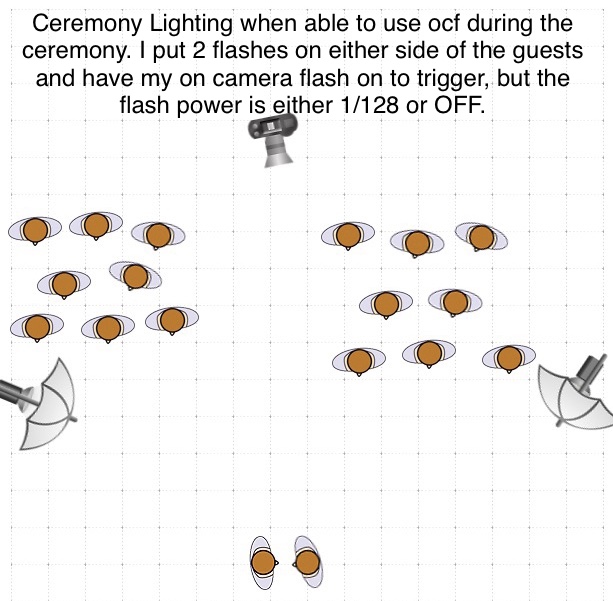
Okay, now getting back to lighting the reception:
If the room has a lot of natural light, I don’t usually need the flash. However, if one side of the room is more lit than the other, I will have a burst of light in the opposite corner. If that isn’t there, then that area would be significantly darker than the tables closer to the large windows, and it just doesn’t fit my style. But that flash power will most likely be just 1 step above the lowest power! It doesn’t take much to add that little burst of light to bring that back corner to life.
Before I get into the rest of this, I like to shoot wide open (think 2.8 and below) and use a higher iso (800-2500) which is what allows me to use the lower flash powers. If you are shooting with different settings, my method will need to be adjusted according to your style. But those settings are why my flash powers work. (almost typed out flowers hahahaha….)
Now, I use anywhere from 3-4 flashes every reception. I have my flashes labeled and put the same flashes in the SAME location for EVERY reception. This is what makes it soooo easy for me to be able to know which flash is which and allows me to make those quick flash adjustments either up or down. I NEVER use ETTL! read that again. I NEVER USE ETTL!!! My flash power is almost never at full power. I tend to use 1/64 – 1/16 (at the highest in extreme circumstances.) This is when i need to make a diagram showing how it set up the receptions. I have A on my camera, B has the umBrella and C is at the baCK of the dance floor. The 4th that I may or may not use, just depends on how big the reception hall is varies as to its placement but usually across the right/left of where C is.
The flash on my camera for reception details is only triggering B & C to fire. C is in the back of the room anywhere between 1/128 & 1/16 power. I make that decision based on how far away the flash is and how dark that corner of the room is. B is to either the right or left of me (depends on the set up of the reception) on 1/64 or 1/32 power, depending on how dark the reception hall is and if i can bounce. There is a way to turn off the master flash but still allowing it to trigger the other two, so A is almost always set to 0 power. If It’s really dark and I need a little bit of fill light, i’ll do 1/64 with a bounce card, but it’s usually not necessary.
SIDE NOTE: the reason I use A on camera is because I do use it during entrances & party dancing.
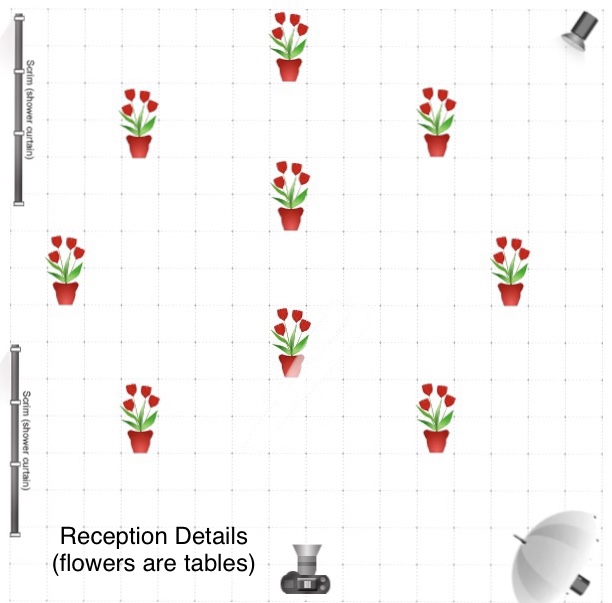
Entrances:
For entrances, depending on the order of events of the reception, I will use just the flash on my camera but use the bounce card. I’ve played with the idea of a magmod or something similar, but i’ve never found it necessary and that it made much of a difference, so i haven’t invested. If, for some odd reason, I have time to set up for the entrance b/c they’re going straight for dinner, I put the B flash, with the umbrella around where i’m standing and just carry it with me where i need it for the next event. This doesn’t happen very often for me, b/c i help them plan the reception timeline. I ask that they come in, and immediately do the special dances and then go to dinner. It keeps guests engaged and it’s easier for me that way, which is why I usually just use my flash and bounce card.
For the specialty dances:
The dance floor is a square, right? Usually the DJ is on one corner. I will ASK them to turn off the special color lights just for the specialty dances, and most always never have them say no. I will then treat this set up more like party dancing, which i’ll get to in a minute. So, with the awful colorful lights off, that’s one less thing i have to worry about. So now, I tend to place flash C in the back left corner of the dance floor/room depending on how it’s set up, but B will be on the corner to the right of me. I stay on the top edge or on the right edge of the dance floor and that’s it b/c the other areas get too risky. That back light is acting to fill in that space and create a rim light to mimic the sun, but the primary light is the one with the umbrella. So this is why you’ll want to watch out for that C light to not be directly in your lens, or it’ll be hazy.
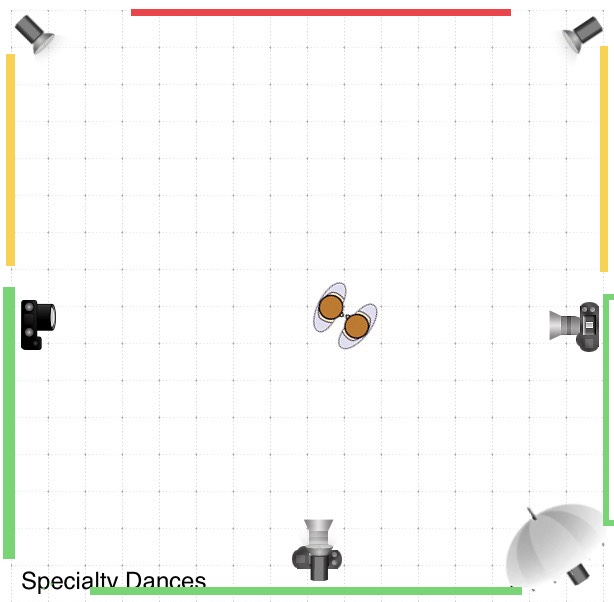
Something to note, is that the green areas are going to be safe for you to shoot from. Yellow, is iffy, and red is the area to avoid. Make sure that if you are directly across from the flashes in either corner (which are my C flashes) that the couples’ heads are blocking the flash so your image isn’t hazy. I should have explained this earlier, but at least it’s being said now!
For Toasts:
This is harder to go over b/c it depends on WHERE the couple is. If they are in their seats, I point C to the far left of them to create just a rim light and i stand across from them on the opposite side, and have the B flash between us to the right of me but pointed directly at them. If C is too high at 1/64 or 1/32, I’ll sometimes turn it off, especially if it’s not making that much of a difference. This is a call i make in the moment. A is on low power (1/64 usually) so that i can quickly turn and get guests reactions, but isn’t meant to light the couple or the toaster. This set up can change as needed and sometimes i have moved the flash with me during this point. I have stopped worrying about me and the flash moving around being a distraction b/c this is my job and i’m typically the only one shooting this part of the day.
For Cake Cutting:
I only use B and A. B is to either side of me on 1/64 or 1/32, depending on the set up of the cake table, and A is usually triggering B maybe a little fill light on 1/64 or 1/128 power. I always test the light with someone here before i bring the couple over or before they start cutting so that i can make sure it’s right and don’t have to change in the middle of the event. Same with toasts, if i have time.
Party Dancing:
Party dancing is hard b/c a lot of times it’s dark and you have those colorful lights. So, I shoot in ONE SHOT mode (canon lingo) so that my flash beam assist light comes on to help lock focus faster. I also use my 24-70 during this part, so my aperture is at 2.8. This is when i increase my iso to about 1200-2000 (depends on a lot of factors and is something i decide for the venue). the umbrella comes off of the B flash and goes on the same side of the floor as the DJ as does C. Both are either on 1/128 or 1/64 power, and on occasion 1/32 depending on how large and deep the dance floor is from the DJ, but usually on the lower end. My A is on 1/64 almost always b/c i’m a lot closer to the people. I get IN the dance floor to shoot and always shoot back into the DJ lights so that i don’t see any of the colored dots on the guests. it’s just not cute.
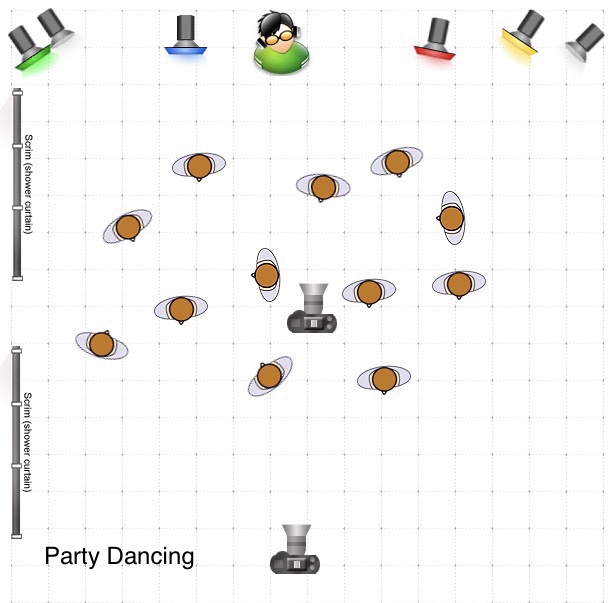
Exits:
For the exits, the umbrella goes back on B and is situated to the left or right of me (you guessed it, depending on the set up) but usually to the right of me, and C is either held by my 2nd or on a stand behind the couple and i use her dress to hide the stand. This is one i HAVE to test with the planner before the couple comes out b/c it depends on how long the line will be and how long the sparklers burn or the bubbles last. I like to keep C at 1/64 and then B is adjusted to 1/32 or 1/64. A is usually 1/64 as well. I do not need all three flashes to make this work. B i can do with out, but i like having it. I could totally do this with just A & C though.
I know I just threw a LOT of information at you, but feel free to let me know if you have any questions.
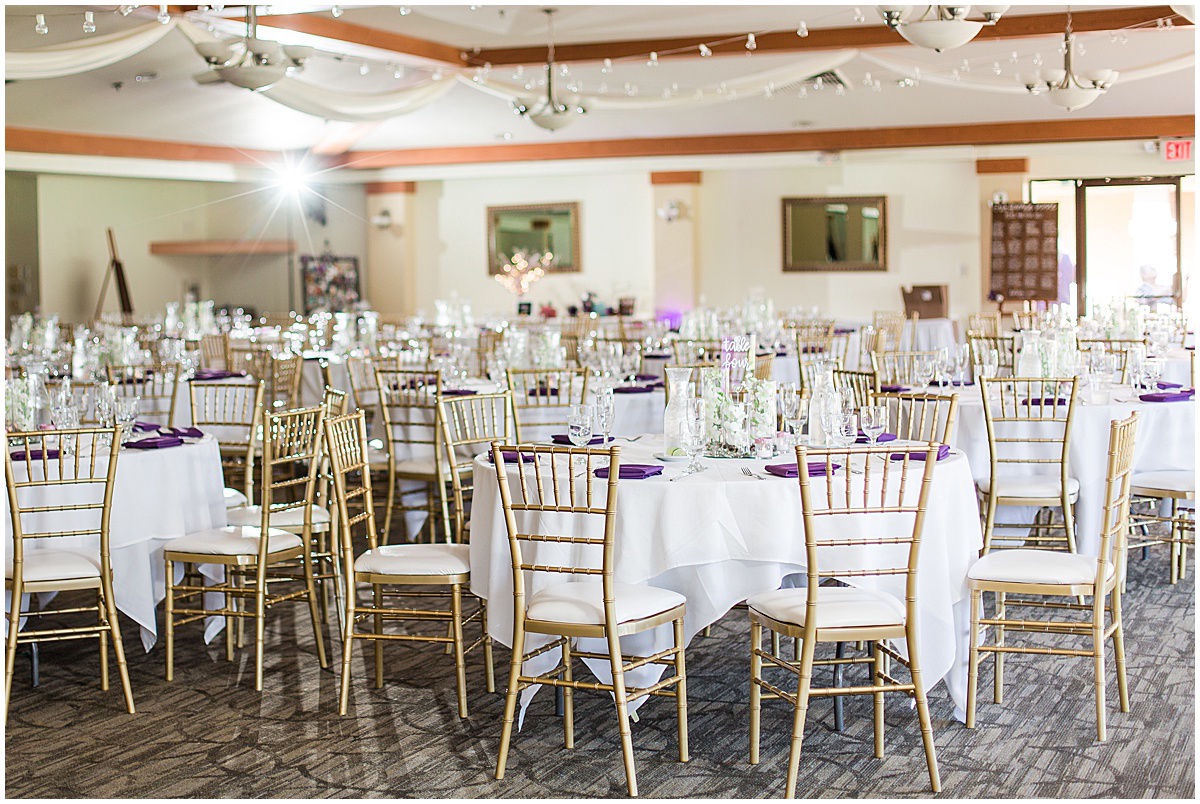
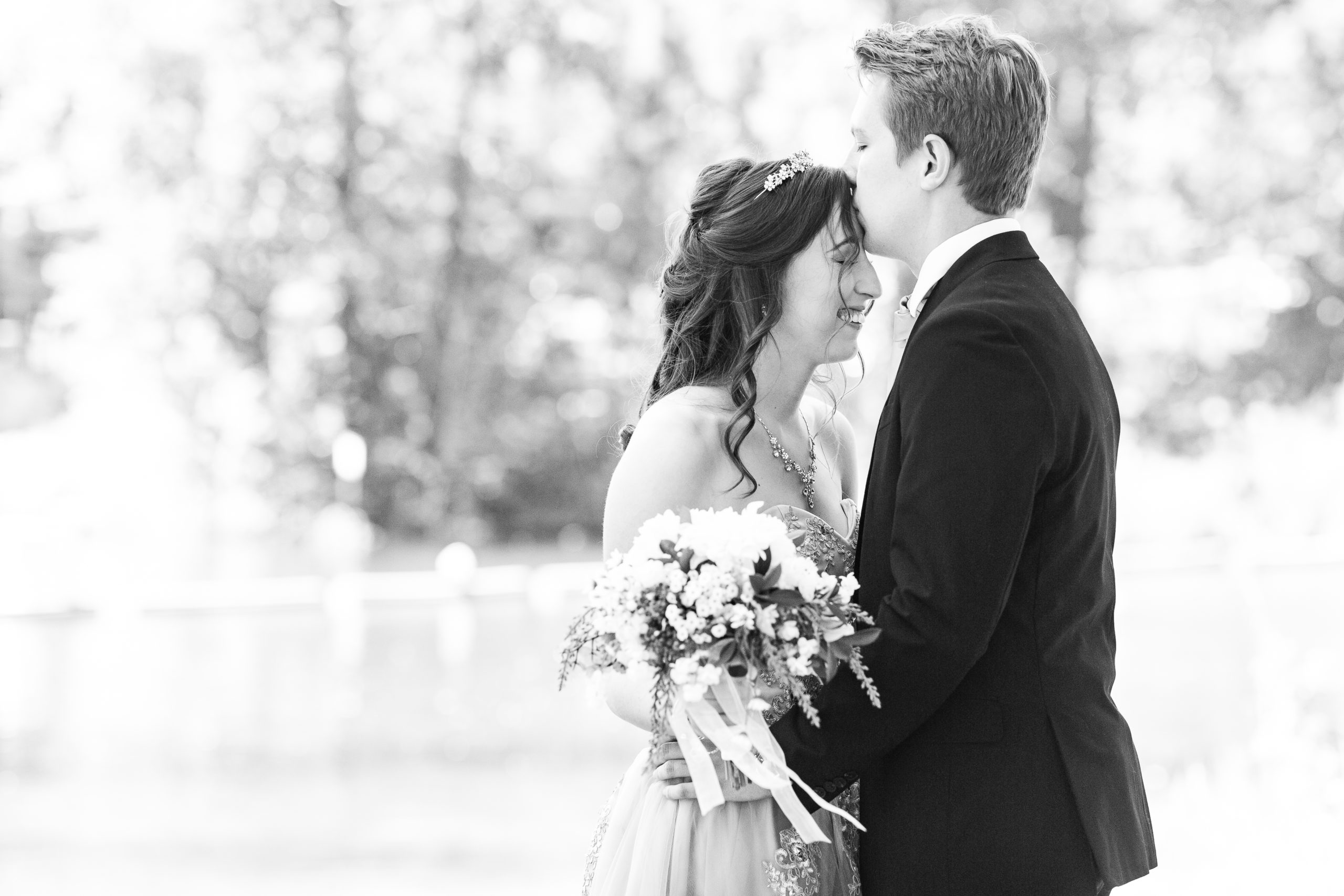
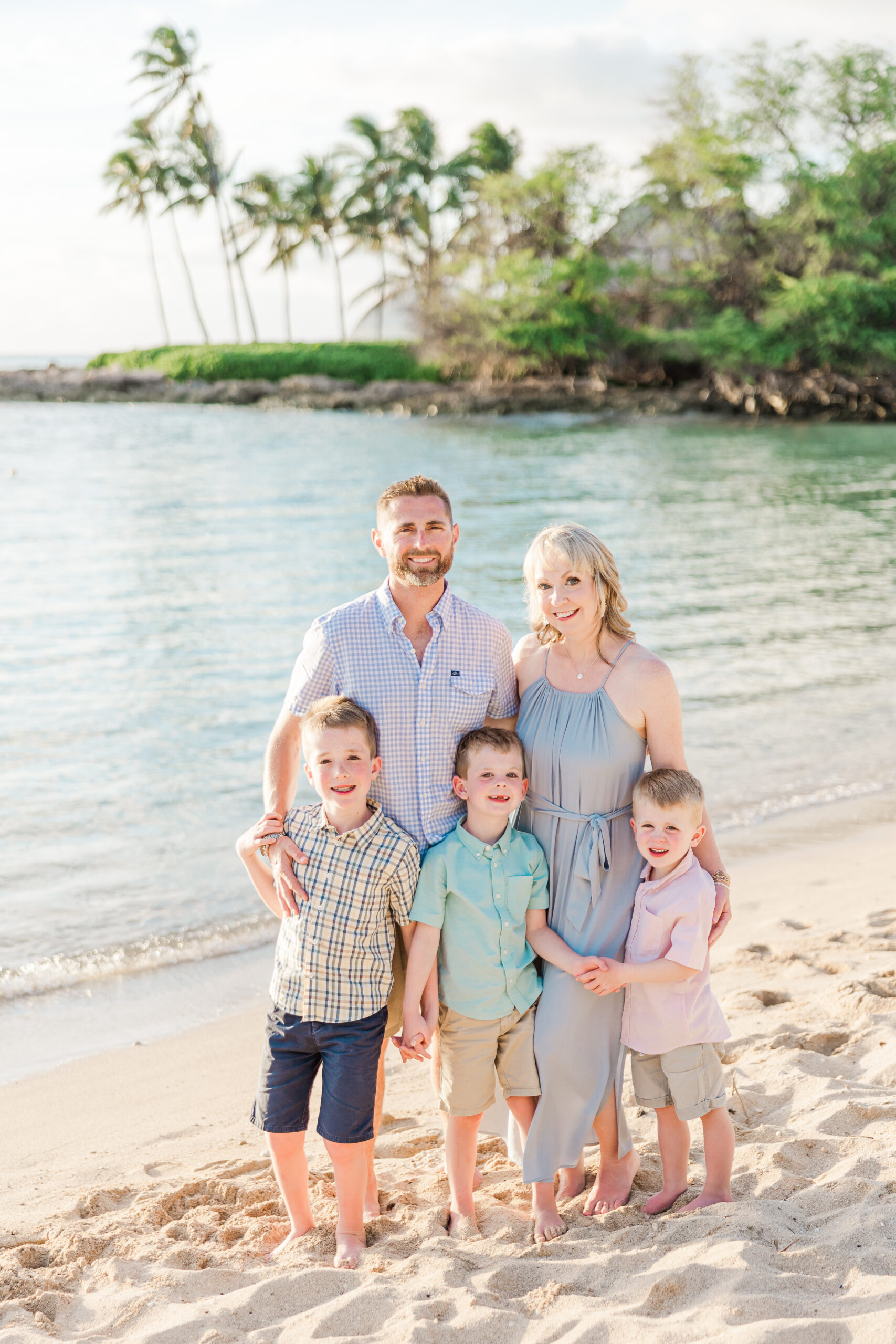
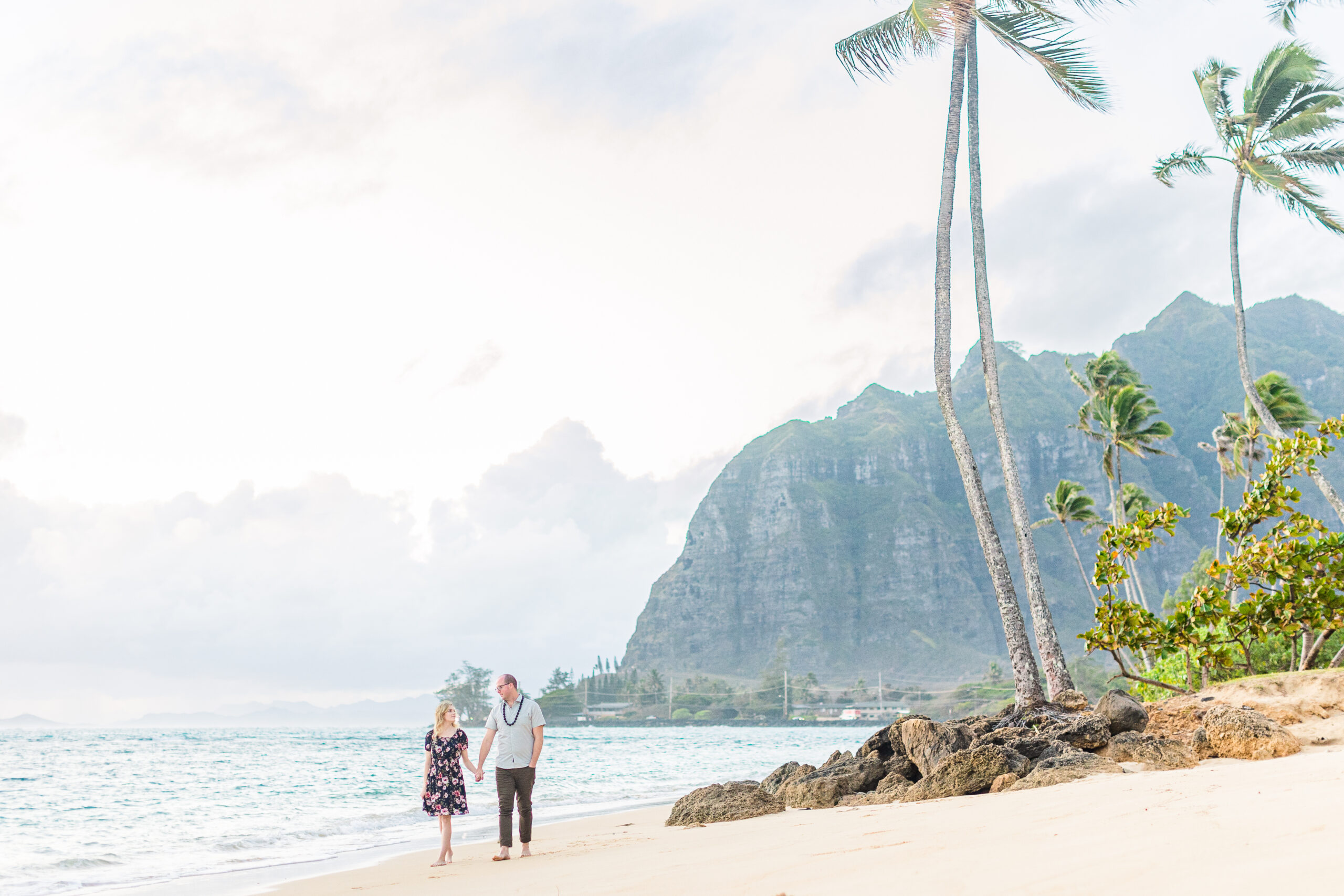

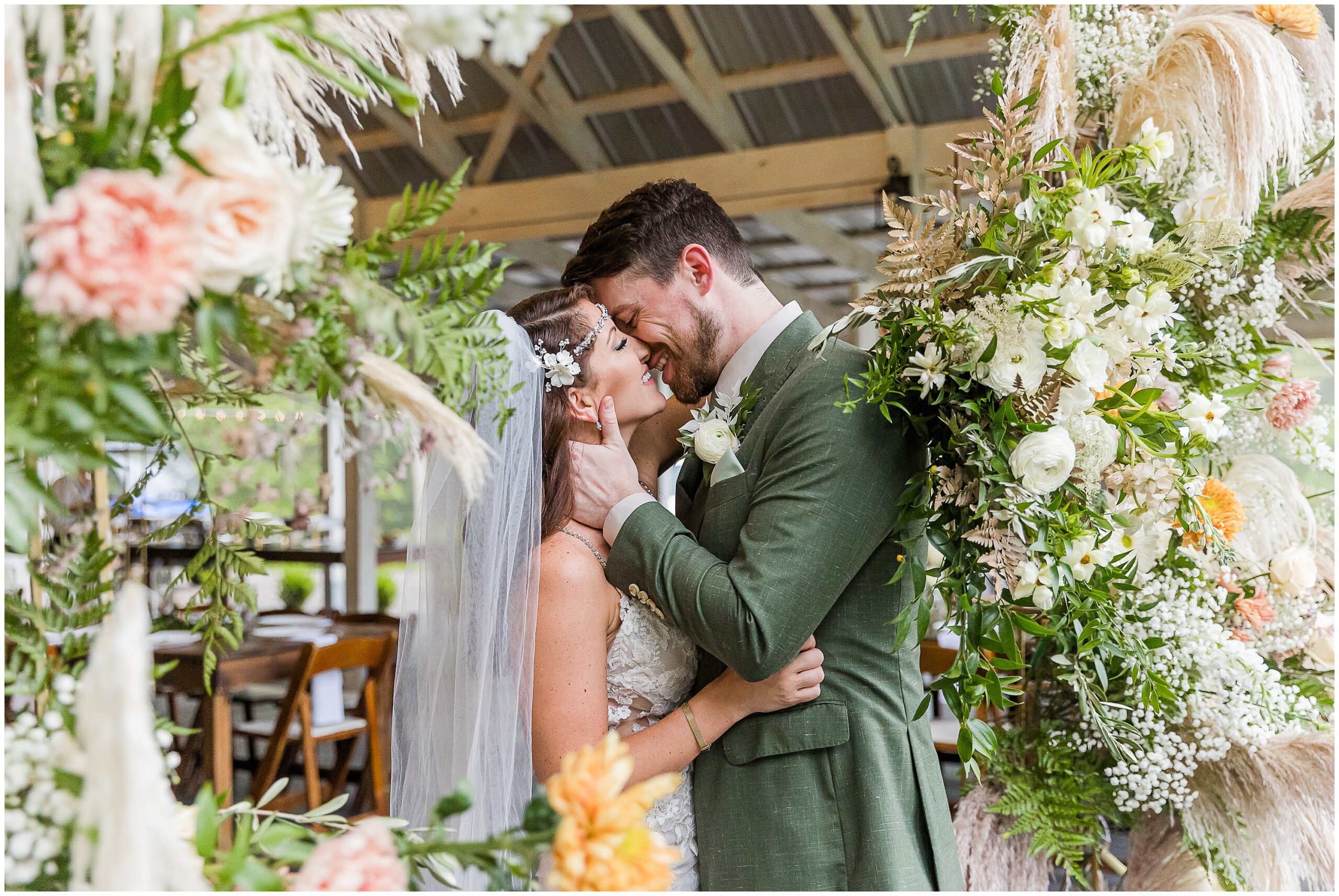

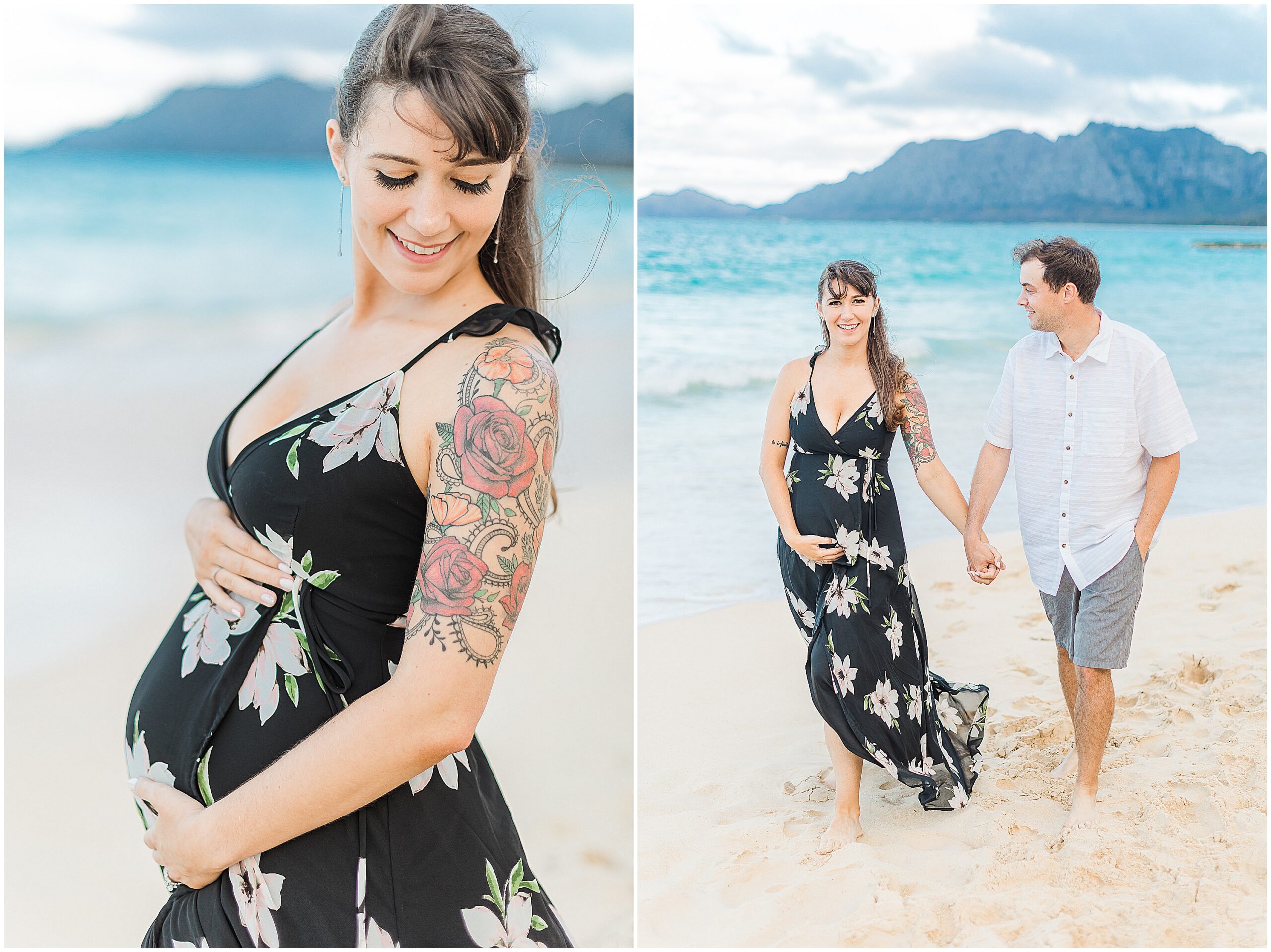

Lots of great education here, awesome post!
Thank you so much for this! Saving this for future reference as well!